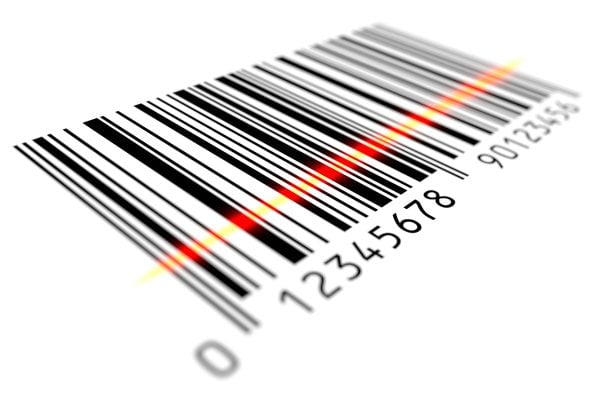Just about everyone that works in a warehouse or related job role will have heard someone refer to a product as a SKU (pronounced Skew, or spelt out as S-K-U), but what does the term actually mean?
SKU – Stock Keeping Unit
The term SKU simply stands for Stock Keeping Unit. That is it’s an alphanumeric designator which refers to a specific product or part. It’s an internal company number and need bear no reference to the part numbers suppliers, customers or the general public use to refer to the product.
What isn’t a SKU?
Products have lots of references, none of which are SKUs:
Manufacturer’s Part Number
This is the part number the manufacturer assigns to a product. You may wish to adopt the Manufacturer’s Part Number as your SKU for the sake of simplicity, but this isn’t always a wise course of action.
As an example, you may be building a product which uses 10mm M5 bolts. You may source these from manufacturer A and manufacturer B depending on stock availability, price, delivery speed and whether your account is on hold with either company. Each manufacturer will have their own part number, but when the stock arrives to you regardless of source if they are the exact same specification, once booked in they can be considered the same SKU on your production line.
GTIN, EAN, UPC, JAN
GTINs, which include EANs, UPCs and JANs are universally recognised identification numbers. The global authority for GTINs is a non-profit organisation called GS1. GTINs not only identify the product but also are linked to rich product data and specifications.
Whilst you will want to assign a GTIN to any product you manufacture, you don’t necessarily need to assign one to every single part incorporated in the finished article.
Software Record
When you created part numbers in your accounting or stock control system, the software will automatically assign each product a record number. This really isn’t very useful (except for your computer) as it’ll start at 1 and work it’s way up numerically in the order product records are created. Similar products won’t have similar record numbers so for a human it’s possibly the worst possible way of assigning numbers.
So what is a SKU?
Now we know what a SKU isn’t, it’s a lot easier to define what it is. Each product or part that is booked into your warehouse should be assigned a unique identifier and preferably one which makes sense to humans.
The SKU may never be referred to outside your company, for instance the end customer doesn’t need to know that the product they purchased was constructed using 10mm M5 bolts along with a myriad of other parts each with their own SKU. The person on the production line will certainly want to identify each SKU though.
When creating a SKU, try to include information to identify the product, but it doesn’t have to be the full specification. So for our bolt it could be BOLT10M5 which describes the product (bolt) the length (10mm) and the thread size (M5).
Your SKU system should be extendible in the future, for instance you might one day use waterproof zinc coated bolts which could simply be BOLT10M5ZN to differentiate them from the non-zinc coated version.
7 Rules for Creating SKUs that should never be broken
- Make them meaningful to humans.
- Avoid mixing letters and numbers such as I, L and O, e.g. I1l (Capital i, Number 1, Lower case L) and 0O (Zero, Capital o) are easy to confuse.
- Never start a SKU with one or more zeros (Spreadsheet programs tend to omit leading zeros)
- Do not use special characters. / will cause spreadsheets to try and divide two integers, using < or > will definitely cause trouble as any browser based program will try to render them as HTML. Stick to letters and numbers only.
- Do not use your suppliers part numbers or GTINs as SKUs. If you source the part elsewhere they’ll come with different part numbers and GTINs but will be your same SKU.
- Use alphanumeric strings. Numbers alone are difficult for humans to remember and using letters also gives more possible combinations to help keep your SKUs short and meaningful.
- Start your SKU with letters to make picking and packing lists easier to read and to sort by similar items, e.g. in our BOLT10M5 example all bolts will begin BOLT.







